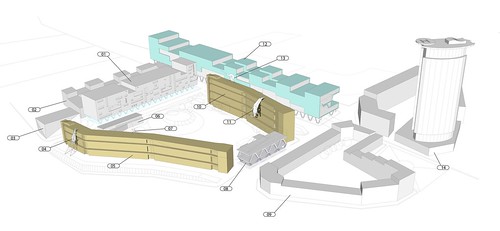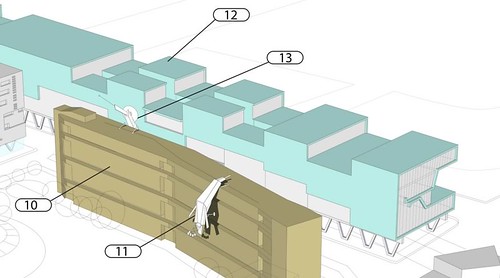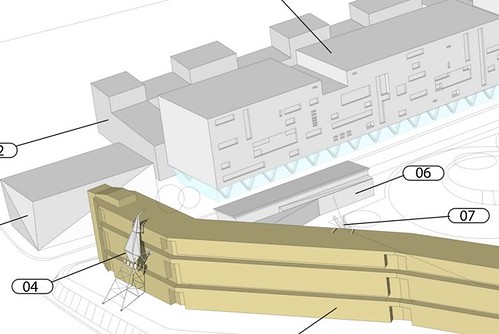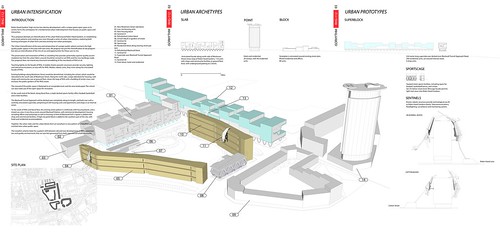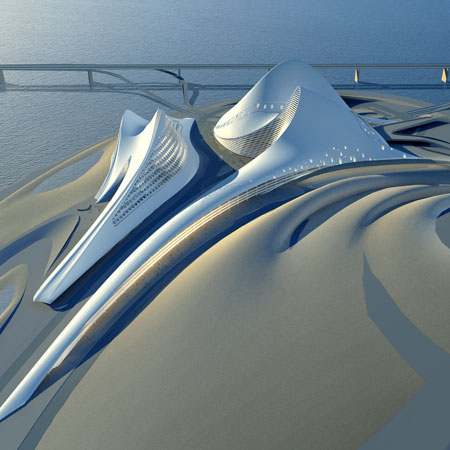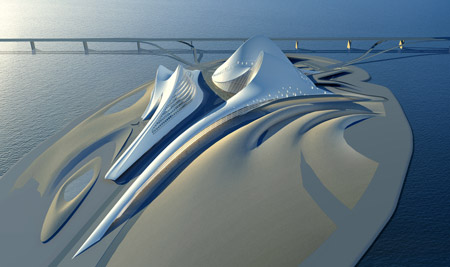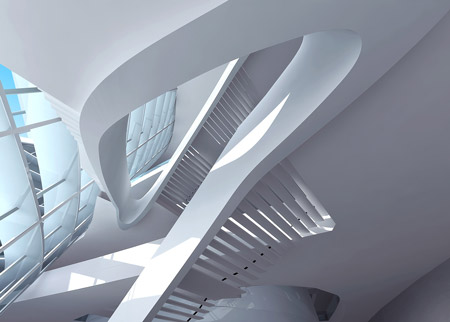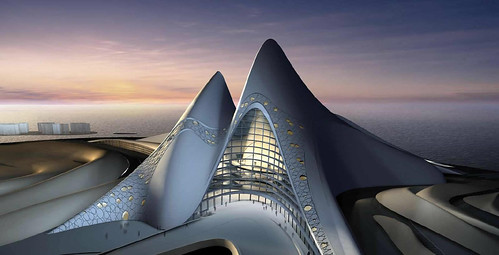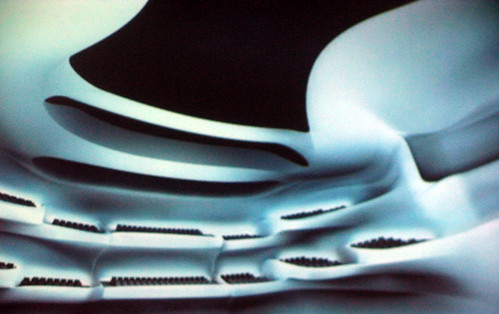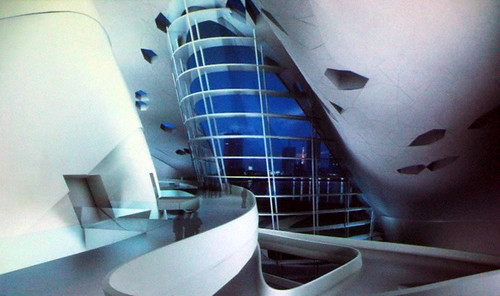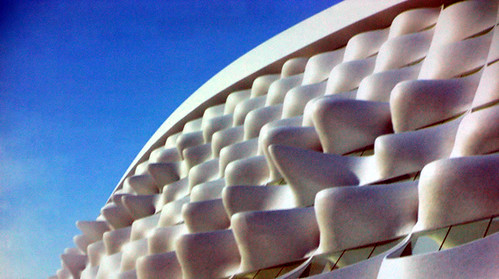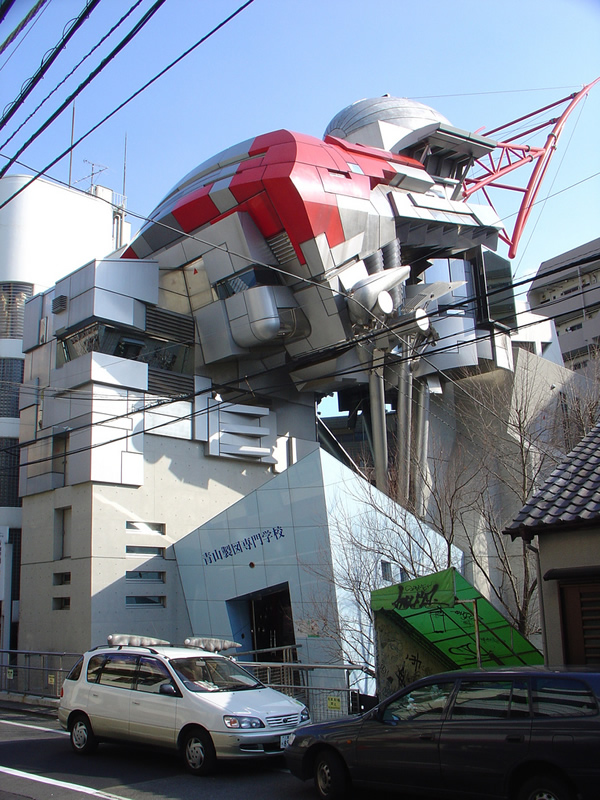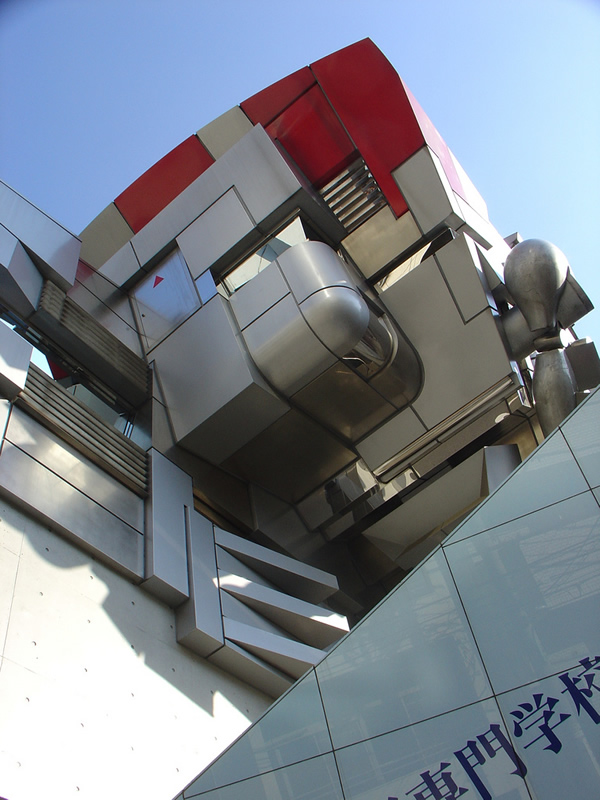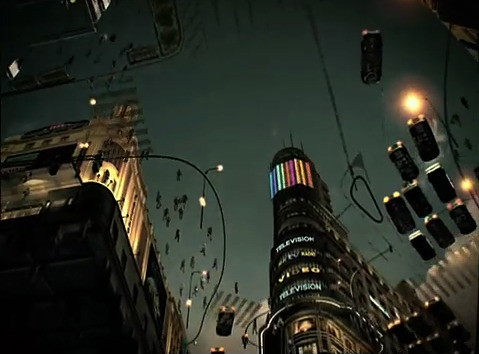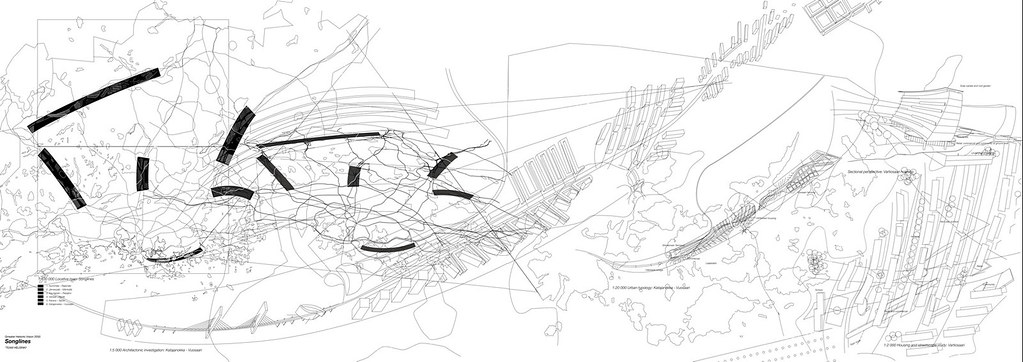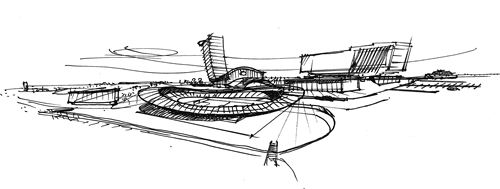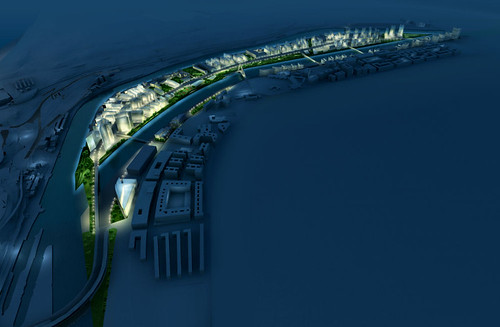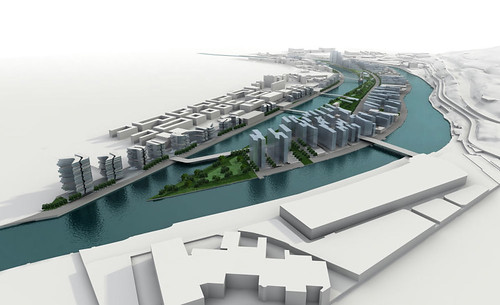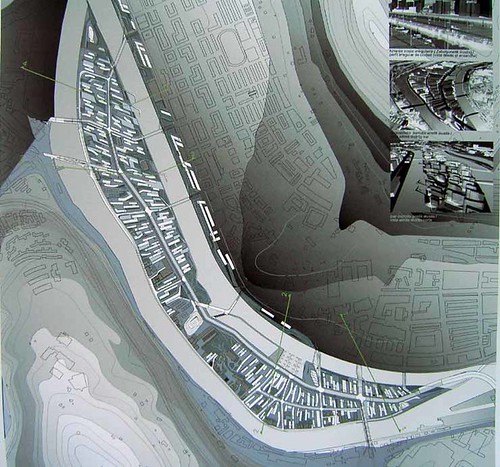
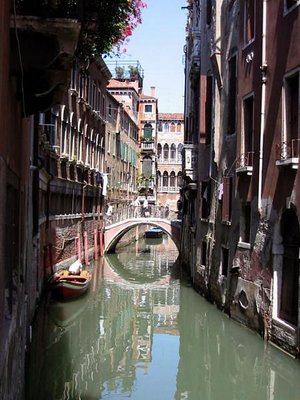
Recently I've been watching the superb television series Venice, repeated on BBC4, and also available on
DVD and with an accompanying
book, as the urbane, aristocratic Venetian architect and historian Francesco da Mosto shows us around Venice, and recounts it's history.
Da Mosto - a white-haired Gianfranco Zola -is perfect for this programme. Venice is his playground, whether it's languidly piloting his boat up the Grand Canale, smoking a cigarette (a very unusual sight on British television) in St. Marks Square, or diving into the water and swimming to the steps of the Ca' d'Oro.
But there's a wistful side to da Mosto too, lamenting the loss of half of his family tree to syphilis during the era of Casanova, or musing upon the over-running of Venice by tourists. With the indigenous population dwindling to less than 50,000, and the oldest average age in Europe, da Mosto worries for the future of the city, as he brings his children up in what has become essentially a theme park for the hordes of visitors that cross the bridge link into the city, or pull up in the huge cruise ships that stop-over in Venice.
The danger for a city as a theatre or theme-park is that it becomes a stage set, a backdrop. This inevitably treats citizens as actors, there for others amusement. This leads to a simulated city as Baudrillard would have it, a city of the hyperreal as Umberto Eco might tell us. What happens when the audience is not there? Visit Venice on a windswept January and you'd probably find a virtual ghost-town - in fact many people have commented that Venice at night is eerily quiet, as almost no-one lives there, and relatively few tourists stay on the main island.
As
Richard J. Williams explores in his book
The Anxious City, the idea of the city as theatre favours the visitor (the theatre-goer) as a privileged observer, a bourgeois consumer of a 'spectacle'. Williams dissects a number of recent urban developments in the UK, and finds plenty of evidence of the 'staging of the city' masking a profound urban anxiety. Richard Rogers might argue that to 'act' in the city, to drink a cappuccino in a pavement cafe, is to enact the public realm, and participate in the physical expression of democracy. But it is a participation that excludes as many as it engages - just check the price of a cappucino in St. Marks Square.
In the UK, the nearest equivalent we have to Venice in its theatricality is Bath. Stephen Bayley asked recently in The Observer
"Is Bath Britain's most backward city?". The Georgian city of Bath seems content to remain dreaming of an era of Nash crescents and Jane Austen novels. There is an antipathy and suspicion towards modern architecture and development (Bayley calls it "a ferocious hostility to productive change") that has recently derailed two exciting projects - an extension to the Holburne Museum and a School of Innovation and Design half-funded by James Dyson - and threatens any future investment and job creation,
But judging from the
letters in response to Bayley's original article, Bathonians (Bathers?) seem largely happy living in a heritage time-capsule, while turning their back on the chronic lack of housing, traffic congestion, and shabbiness of many of the streets. But Bath is in danger, as one correspondent says, of turning into "a white, upper-middle class, conservative ghetto.", whilst another writes "The appallingly narrow-minded, fearful and mundane councillors of Bath should be reminded that Bristol is close and getting closer. If they want to be seen as a pretty garden suburb of a thriving city, then they are going the right way about it."
The challenge for all cities with a rich architectural legacy is to find a balance between preserving the historical identity without becoming a slave to it; to recognise that stopping the clocks is to condemn a city to irrelevance, the vicissitudes of fickle tourism, or death.
